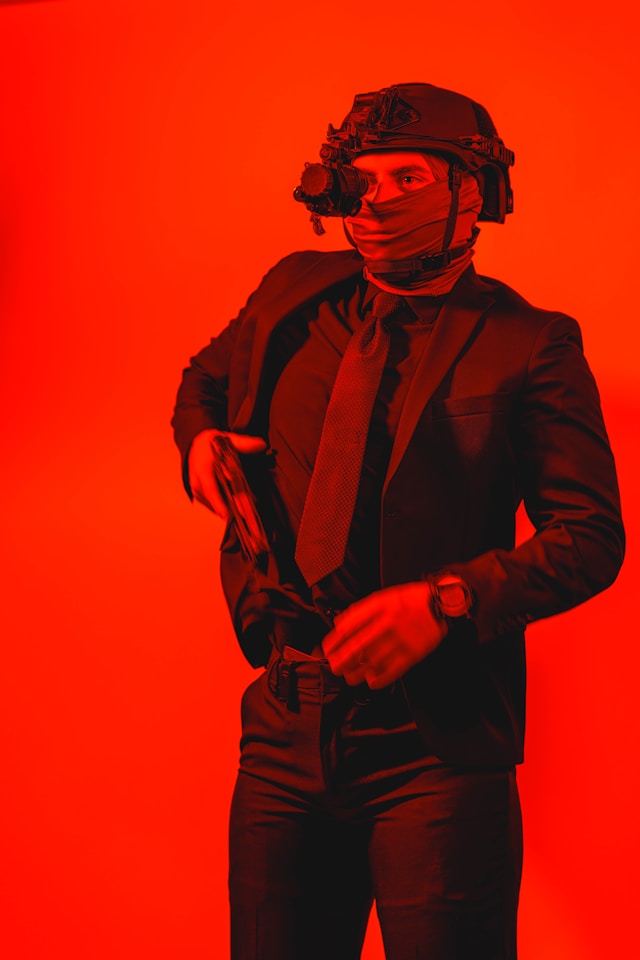Your concealed carry jacket is an essential part of your concealment strategy. It significantly impacts both the concealment of your gun and how easy it is to draw your firearm in an emergency. A few key considerations when selecting a concealed carry jacket include fabric, fit, and design.
Concealment
A concealed carry jacket should not be tight enough to prevent access to the holster or make it obvious you are carrying, but not too loose that the gun might imprint on the inside of the coat. The jacket should also be appropriate for the weather conditions of your destination or location.
A jacket that fits your body type well will have little difficulty hiding a weapon from casual observation. A coat that looks like a regular work jacket is ideal, but other jackets that hide a firearm well include hoodies and sweatshirts that are long in the back for paddle holsters and vests with large armholes.
If a jacket you own doesn’t fit right, consider taking your neck, chest, and arm-length measurements to a tailor for alterations. A tailored garment is usually less expensive than a concealed carry holster and more effective at hiding your weapon from casual observers.
Comfort
Choosing comfortable clothing is a matter of personal preference. What works for one person may not work for another, but there are some general principles to follow when selecting concealed carry clothes that maximize comfort and concealment.
For starters, choose breathable fabrics like cotton or moisture-wicking blends. These keep you cool while reducing friction between your skin and your weapon. Also, look for loose-fitting garments that leave room in your waistband holster. Tight-fitting clothing can impede access and can even cause your gun to imprint on the body, making it more visible.
When choosing a concealed carry jacket, take your neck, chest, and arm length measurements for the most accurate fit. This will ensure that your weapon and holster are adequately secured and easily accessible in an emergency.
Functionality
For those who spend most of their time outside, you want to find a jacket with plenty of pockets to store gear and keep your hands warm. Some jackets have specialized chest pockets for concealing a pistol and offer features like waterproof zippers, oversized hoods for superior adjustability, and high-quality fabrics that wick sweat and keep you comfortable.
If you spend much time skiing or snowboarding in backcountry conditions, consider an insulated jacket with insulation and a shell. These are often built with fully taped seams and advanced fabrics, which provide superior protection from snow and rain.
Of course, increased functionality comes at a price, and you’ll likely pay more for these jackets. However, with technological advances, today’s water-resistant, breathable jackets are often nearly weightless and can pack down to the size of a fist. This allows them to fit in a backpack or other storage pouch for convenient carry when you’re on the move.
Style
The right jacket is essential to putting together the perfect outfit. The style and fabric of the coat should complement your shoes, accessories, and color palette. It also creates an impression about your personality and character.
The shoulder line of the jacket should match your natural shoulder width and shouldn’t extend outward beyond the seam (this is too large). For short men, a six-button double-breasted jacket will balance their frame with long lapels, which can slim the torso. They should also look for jackets with a single vent to avoid a horizontal line that can accentuate height.
It is also essential to consider the jacket’s fastening and fabric type. The zipper should be wide enough to open quickly, and the fabric should be smooth and gentle, sufficient that your concealed carry pistol would impede access.

